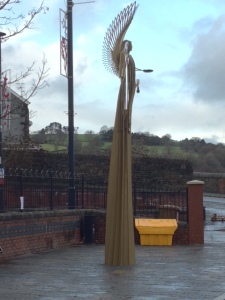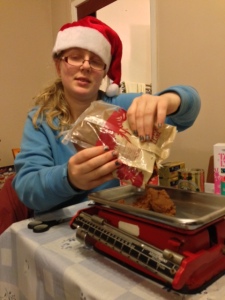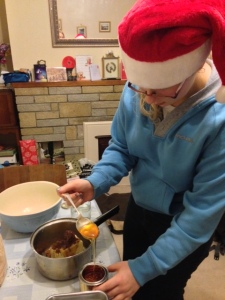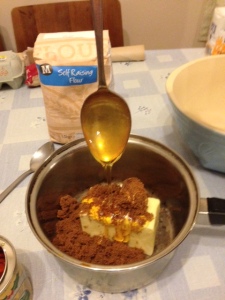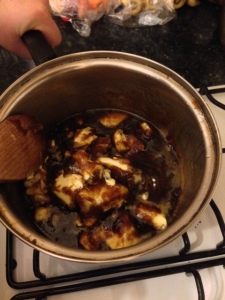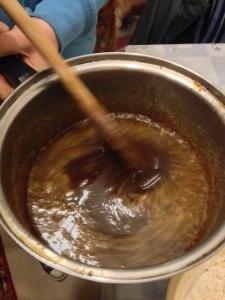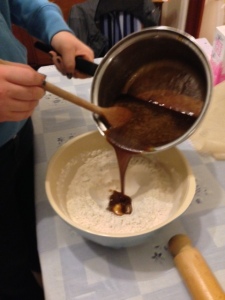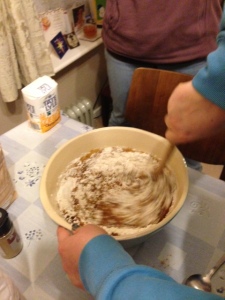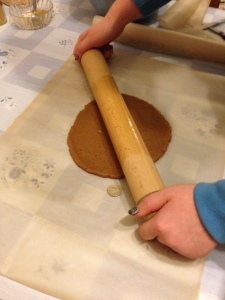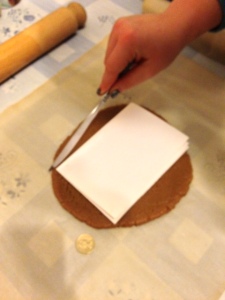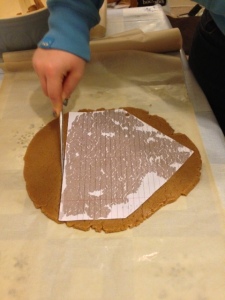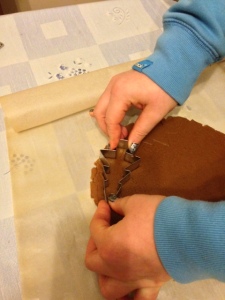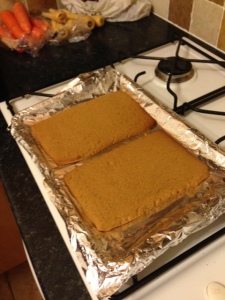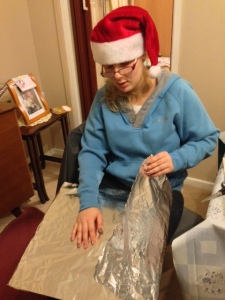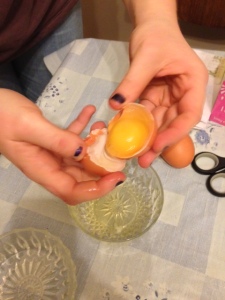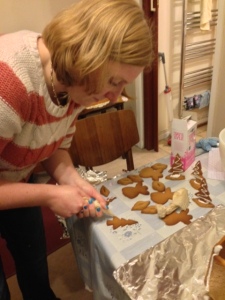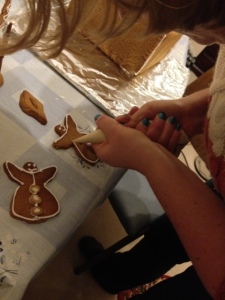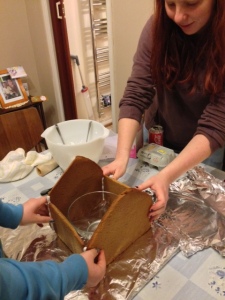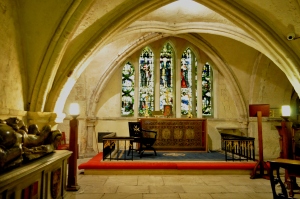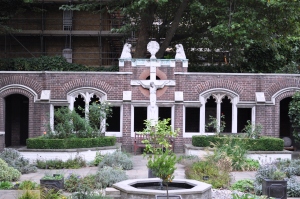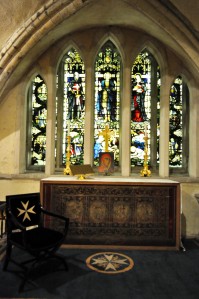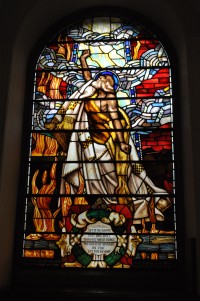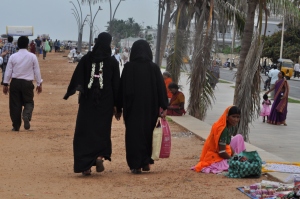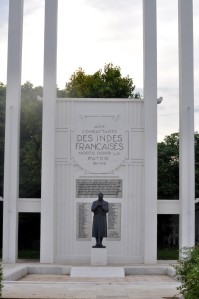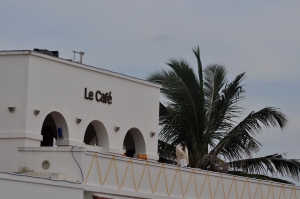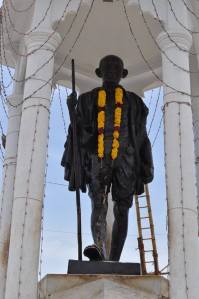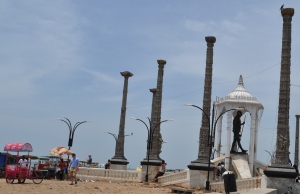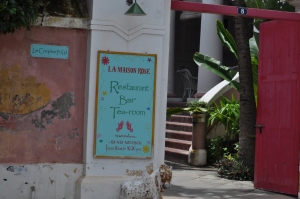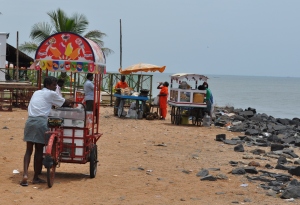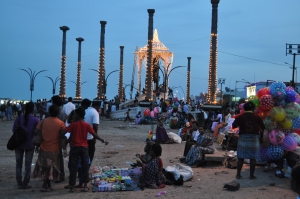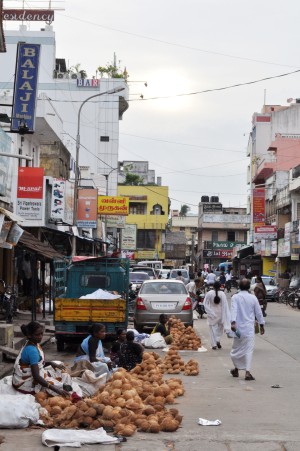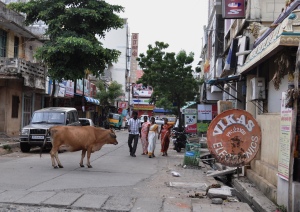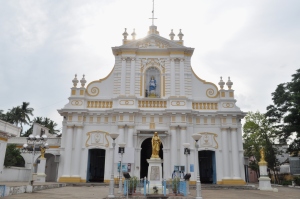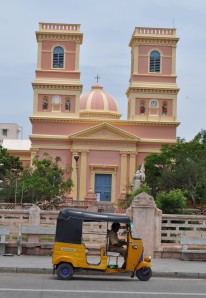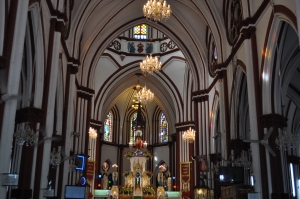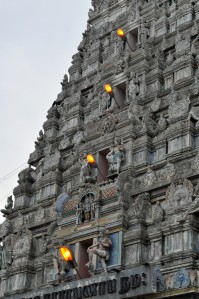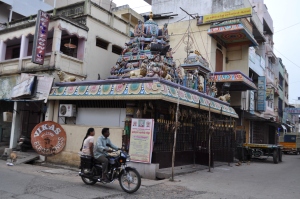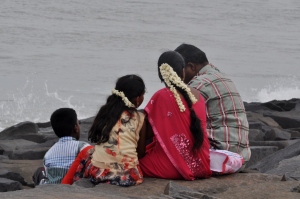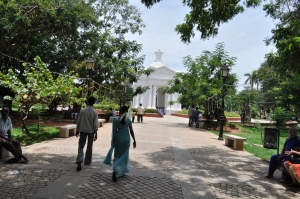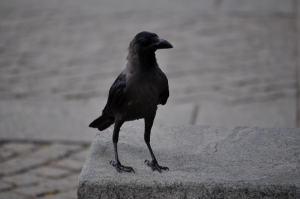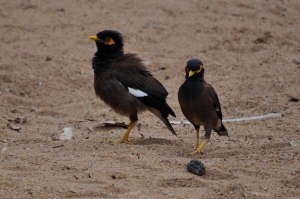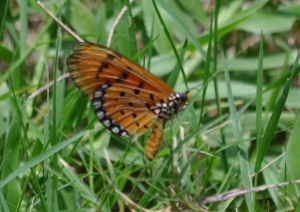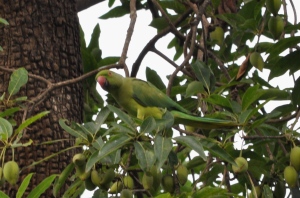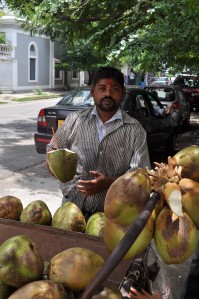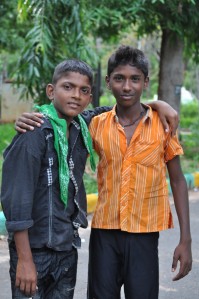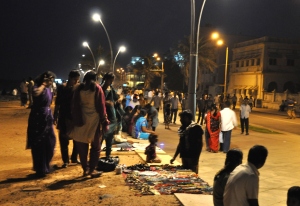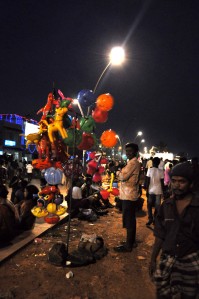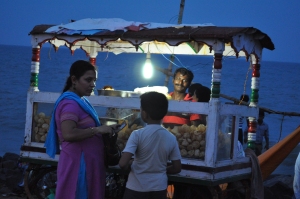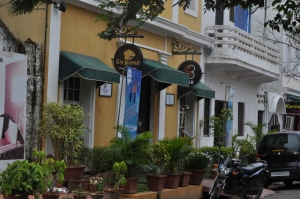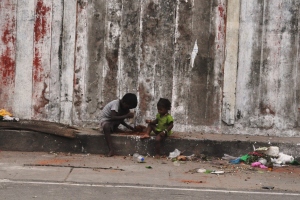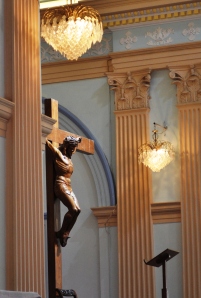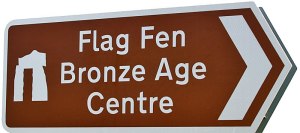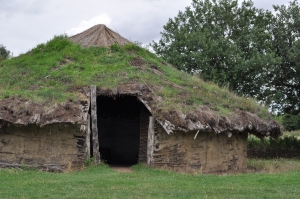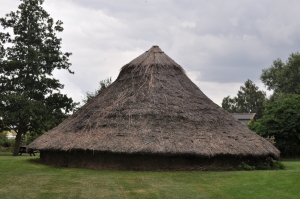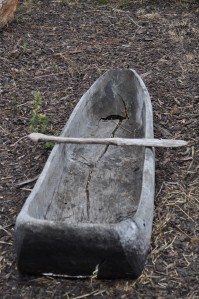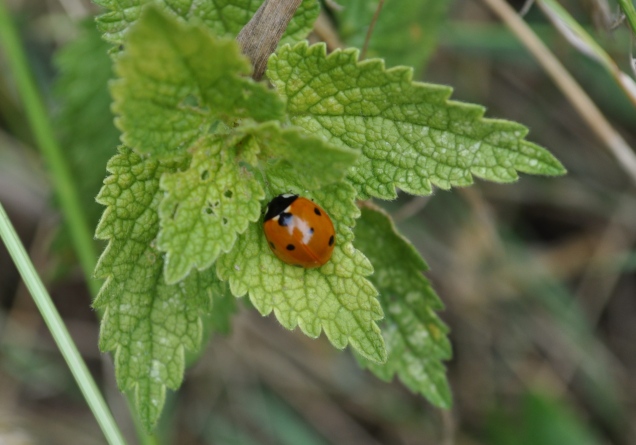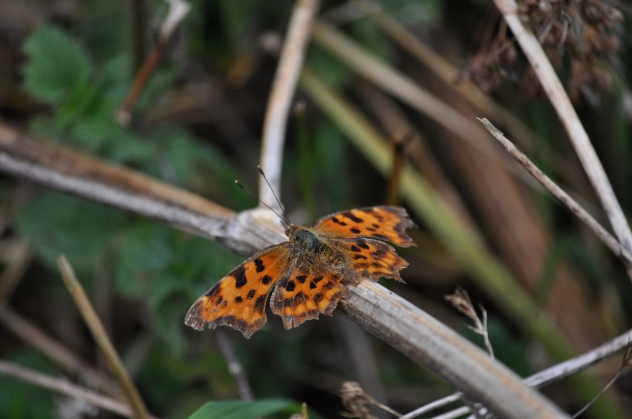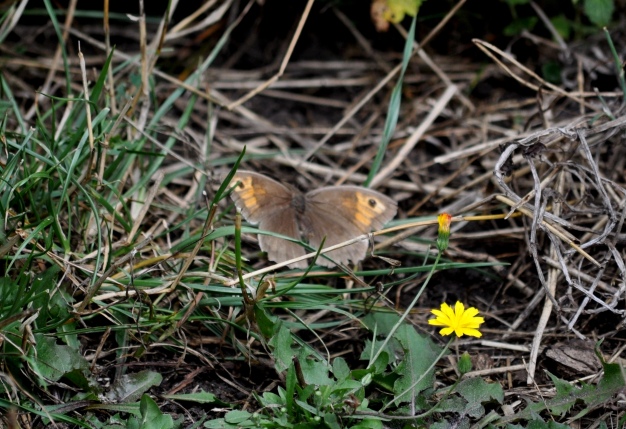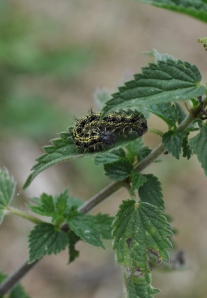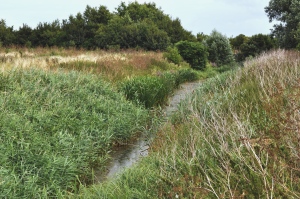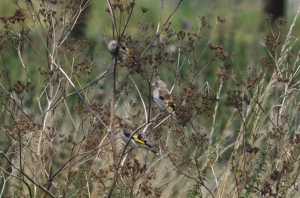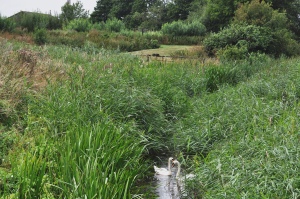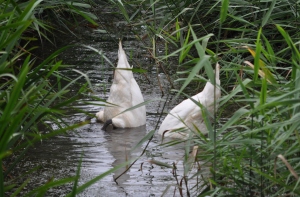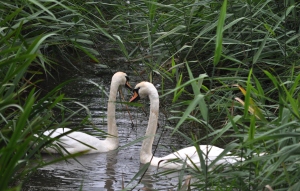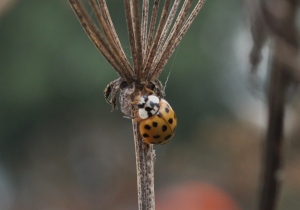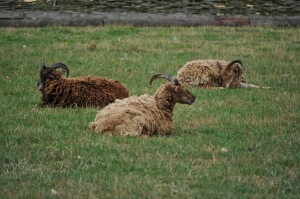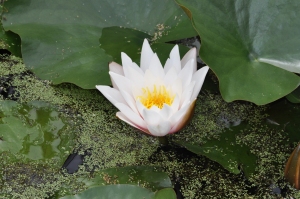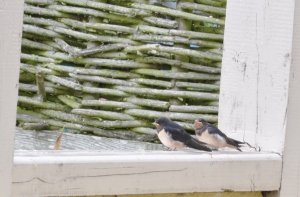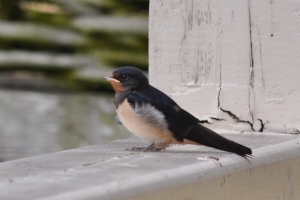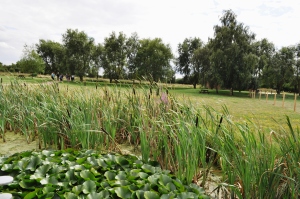If you haven’t seen “He Named Me Malala” do so. It’s not necessarily the greatest documentary ever, but is certainly focused on an inspiring young woman and father, who were prepared to risk their life to stand up against injustice and oppression.
It was on her way home from school on October 9th, 2012 that the Taliban shot Malala Yousafzai in the head. This assassination  attempt sparked international condemnation for the Taliban, but also mass support for Malala and her campaign for girls education.
attempt sparked international condemnation for the Taliban, but also mass support for Malala and her campaign for girls education.
Through a combination of narrative, animation and questioning from the Director, David Guggenheim, the film tells the story of Malala and her family.
Malala’s inspiration is her father, Ziauddin, who has a huge influence on her life. He is a man able to step outside the confines of his culture and who recognises the equality of women and the importance of education. He married Tor Pekai for love, rather than an arranged marriage and Malala was their first child. She was named after a 19th Century Afghan national hero, teenager Malalai of Maiwand, who with her speeches, including a now infamous line “It is better to live like a lion for one day then to live like a slave for a hundred years”, rallied the soldiers in the fight against the British.
Just after Malala was born her father got out the family tree that traced back their ancestry for over 300 years. He noted that only the male lineage was recorded. However, under his name he broke tradition and added his precious Malala.
Ziauddin had a passion for education and fulfilled his dream by setting up his own school. There he taught both boys and girls, instilling in them a willingness to question and to search for truth. It was very unusual for girls in the the Swat valley of north-west Pakistan to go to school, but Ziauddin knew it was essential both in terms of fulfilling their human rights, but also as a means of protecting them from abuse and exploitation. He actively encouraged girls to attend school as did Malala. However, as the Talaban took more of a foothold in the community this became more and more difficult.
The Taliban publically burnt TVs, computers, films, books, anything they felt was influenced by the west. They outlawed girls education and bombed schools. People who spoke out against them were killed, often in public executions. But this did not stop Ziauddin. He openly spoke out in rallies, condemning the acts of the Taliban, calling them the enemies of Islam, and demanding gender equity and peace.
Malala had grown up watching her father, and education was her primary focus. She did not intend to let the Taliban take the opportunity from her or the other girls in her community. She began campaigning when she was 11 years old by writing a blog under a pseudonym for the BBC, each night the BBC correspondent would phone her and she would dictate her blog detailing her life under Taliban occupation. The anonymity of this made her feel safe. However, nothing was changing. Girls were still being prevented from learning. Pondering what to do next she mused, “there is a moment where you have to choose whether to be silent or to stand up”. We all know which she chose. She agreed to the New York Times making a documentary about her life in the Swat Valley, it was a way for her to raise international awareness of the issues that girls were facing and that their right to education was being denied. As a result, her prominence grew, and her life was under threat from the Taliban.
On the 9th October 2012 her father was speaking at a public meeting and Malala was traveling home from school when the Taliban stopped her school bus; she was shot in the head. With her skull in pieces doctors did not think she would survive. However after initial treatment in Pakistan she was airlifted to the UK and her family joined her. After numerous operations and physiotherapy she is now studying at an English school. In the film she reflects on how different life is here in the UK and how she misses home in Pakistan, although she knows that if her family were to return they would be shot.
Her father, Ziauddin, the “he” in the film’s title, speaks of his guilt for allowing Malala to speak publicly against the Taliban’s ban on female education. He clearly blames himself for what happened to her, for the fact that she has lost her hearing in one ear, despite his daughter’s insistence that it was her choice.
There is a shocking parallel that, although 140 years between them, both Malalai the Afghan hero and Malala spoke up and were shot immediately afterwards. But Malala Yousafzai survived this horrific attack, and continued to share her message. Ironically the shooting has only furthered her campaign efforts and made her story even more renowned. She has travelled to numerous countries speaking out on the issue of girls education. She has met the queen, numerous presidents including Obama, has spoken with eloquence at the UN stating her famous slogan “One child, one teacher, one book, one pen can change the world”.
In 2014 she received the Nobel Peace Prize for her struggle against the suppression of children and young people and for the right of all children to education. Yet as well as being a world renowned figure she is also an ordinary teenager. The film allows us to observe how different Malala is with her family compared to when in the public eye. We hear her talk about celebrity crushes, fighting with her brothers and what she deems ‘bad grades’. All things which should not be remarkable, accept these were all aspects of her life the Taliban wanted to stamp out with their policies. The director asks Malala how her life would be different without education, Malala tells Guggenheim she would likely have two children now and be illiterate.
What is striking is that despite her fame, Malala shows true humility. She reinforces through the film that it is not her story, but the story of million of girls across the world. Its a touching and powerful film that I hope will raise awareness on the current situation of child rights and gender equity. However, I also hope that it will inspire people everywhere to stand up against injustice and to realise that we all have a responsibility to do all we can to make this world a better place.
Well done Malala!

